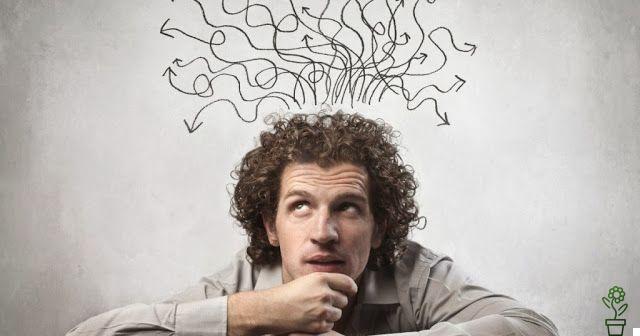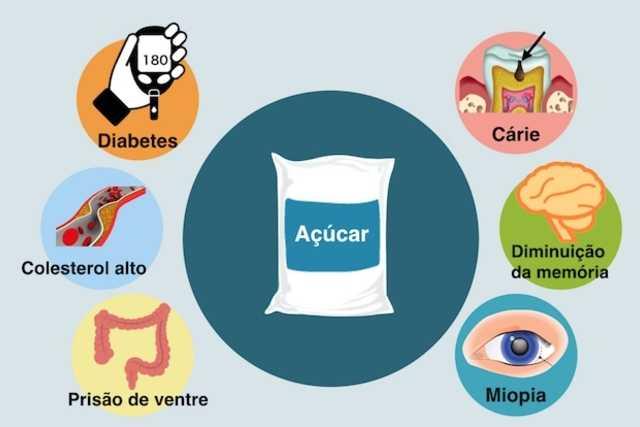 "Happiness does not depend on the lack of problems, but on the ability to deal with them," said Steve Maraboli, an American writer. We cannot prevent complications, conflicts and problems from arising, but we can choose what impact they will have on our life. The way in which we deal with a difficulty can make us stronger or, on the contrary, destabilize us completely.Unfortunately, when we are faced with a problem we often resort to old strategies, which are not always the most effective. So, without realizing it, we always react the same way. We prefer to repeat wrong solutions rather than try something new, simply because we feel comfortable with what is familiar and uncertainty scares us. When resorting to trivial solutions, one should not be surprised at falling victim to the same mistakes or being trapped in a vicious circle without knowing how they got there. At that point we may have become victims of what is called: "The paradox of the street lamp".
"Happiness does not depend on the lack of problems, but on the ability to deal with them," said Steve Maraboli, an American writer. We cannot prevent complications, conflicts and problems from arising, but we can choose what impact they will have on our life. The way in which we deal with a difficulty can make us stronger or, on the contrary, destabilize us completely.Unfortunately, when we are faced with a problem we often resort to old strategies, which are not always the most effective. So, without realizing it, we always react the same way. We prefer to repeat wrong solutions rather than try something new, simply because we feel comfortable with what is familiar and uncertainty scares us. When resorting to trivial solutions, one should not be surprised at falling victim to the same mistakes or being trapped in a vicious circle without knowing how they got there. At that point we may have become victims of what is called: "The paradox of the street lamp".The paradox of the lamppost
“A drunk is anxiously looking for something under a lamppost as a policeman approaches and asks him what he lost. The man replies: - My keys.
Now two are looking for. After a while the policeman asks the man if he is sure he lost the keys right there. He replies: - No, not here, but back there, but it's too dark in those parts ”.
It is a story included in the book “The art of embittering one's life” by Paul Watzlawick, and from this derives the paradox of the street lamp.
It might seem like an absurd story, but the truth is that each of us is a prisoner of the "lamp post" we have in our mind. This lamp represents nothing more than the solutions we have implemented in the past and which have been useful. However, it does not mean that we can also apply them in the present with the same results. In fact, they often only serve to set limits because they constitute our comfort zone.
In fact, the "street lamp" is the natural way our brain works. When we are faced with a problem, we look in our mental archive for a solution that has been useful to us in the past and try to apply it. This is because our brains always choose to economize on resources by preferring to draw on old solutions rather than generate new ones, especially since new paths usually bring with them a good dose of anxiety and uncertainty.
Therefore, we usually prefer not to waste too much time looking for alternatives and do not ask ourselves if the old solutions may be the right answer, we just apply them. But the problem is that we will never find the keys if we look in the wrong place, we will not find the best solution if we always retrace our steps. How to get out of this vicious circle?
Problem solving strategico
Strategic problem solving is a problem solving model that can be applied to any difficulty in everyday life, from the smallest problems to the largest conflicts. It consists of three basic steps to face a difficulty without falling into the paradox of the street lamp.
1. Define the problem
Albert Einstein said: "If I had only one hour to save the world, I would spend 55 minutes to properly define the problem".
However, most people believe that defining the problem is trivial, that it is preferable to immediately move on to the solution. So often, we dive into the problem without really knowing what it consists of, not realizing precisely why it worries us or why it blocks us. So we let ourselves be overwhelmed by worries.
How can a problem be defined?
It is possible to ask oneself a series of questions, typical of strategic problem solving, which allow us to analyze the problem in front of us more rationally and from different points of view.
- What's the problem?
- Where does it occur? Is it limited only to certain contexts or does it affect on a broader level?
- When does it manifest itself? Does it always occur, regularly or only in certain situations?
- Who does it check with? Does it have to do with your partner, colleagues, children or parents?
- How does the problem manifest itself?
- Why do you have this problem?
Normally, when we take the time to define the problem, we realize that there is something much deeper behind it. We often find that what we have called a "problem" is only the outward expression of a conflict that we have never resolved, a fear or insecurity. Finding out the source of the problem is the first step to solving it.
2. Set goals
Rumi, a Persian poet, said: “when we accept our problems, the doors of solutions open”.
Often we not only don't define the problem, but we don't even think about how we'd like things to go once it's resolved. We usually just complain, and our desire for change is implicit in complaining. The classic example is: “I don't like my job I would like to find a job that makes me earn more”.
However, these are not goals that can revitalize our behavior. To solve the problems it is necessary that we "photograph" the path and focus on the final goal. Ask yourself what you can do to achieve this, when, how and with whom.
Problem solving doesn't just mean jumping over obstacles, you should also know where you want to go. Therefore, it is essential to always keep in mind the goals you want to achieve, because if not, these small, seemingly insignificant decisions can lead you on a path that was not the one you wanted.
Once you have determined your goals, which should be measurable and achievable, the mental confusion clears and you are ready to solve the problem.
3. Address the problem strategically
At this point you are aware of the real problem and its magnitude, as well as of the objectives you intend to achieve, so there is nothing left to do but face the difficulties. Here are three particularly interesting techniques to help you find the best solution:
- Make the problem worse. It may seem like a contradiction, but in some cases, if you want to fix something, you must first take it apart. In fact, this technique is particularly useful in cases where we have no idea how to deal with the problem, when we are stuck and cannot think positively and constructively. If so, imagine what we could do to make the problem worse. What could be done to make the situation even more difficult? When you find the answer, just follow the path in the opposite direction.
- Backward planning. It is a question of following the path of the solution but in the opposite direction. So, imagine that you have solved the problem, visualize how you feel and start following the path backwards. What was the first step before reaching the goal? And the last one? It's like rewinding a tape, until it reaches the present moment. This way you will have a clear plan of action. The effectiveness of this technique is based on relieving the pressure during the whole resolution process as everything almost turns into a game, so the mind gets rid of its constraints and can discover new solutions that fear or anxiety they did not allow you to see.
- Go beyond the problem. Imagine what your life would be like if you finally managed to solve the problem. Visualize a perfect day, even in the smallest details and, if you wish, write it down on a piece of paper. With this technique we pretend to project the mind beyond the problem, so that we can break the vicious circle that sometimes our fears and uncertainties build around us. If you imagine that you have solved the problem, you get rid of its emotional influence and feel freer to find new solutions.
- 22


























